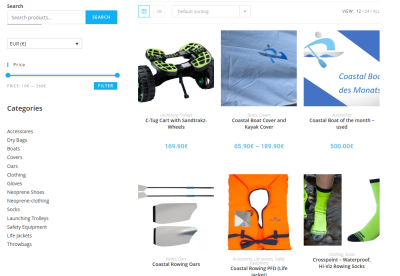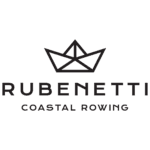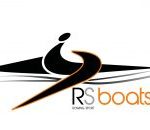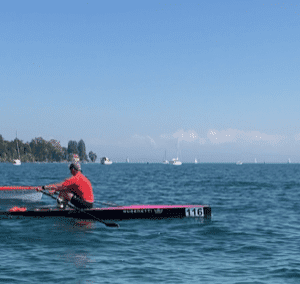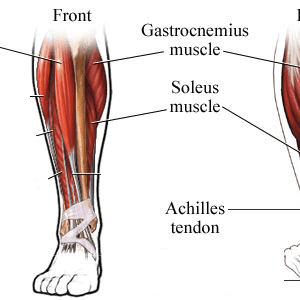Last week we announced it. Today follows part 1 of our series on rowing and flexibility! Today the topic is Rowing and Flexibility – The Thoracic Spine.
Rowing and Flexibility: The Thoracic Spine
We remember: being mobile requires both flexible and strong muscles. It allows the rower to maintain the correct position in all phases of the stroke, and then nothing stands in the way of improving technique and performance. Of course, this applies to any sport, as well as to everyday life.
This four-part series is about mobility limitations that rowers are particularly susceptible to. The topic today: the thoracic spine.
Assuming there is no problem with its 12 vertebrae – hyperkyphosis, for example, due in part to osteoporotic vertebral fractures – we pay attention to the muscles of the middle and upper back for an upright posture. These include the scapula elevator, the middle and lower portions of the trapezius muscle, the broad back muscle, the small and large rhomboid muscles, the upper spine muscle, the lower spine muscle, the posterior deltoid muscle, and the large and small round muscles.
Video: Thoracic spine flexibility for rowers:
Test your thoracic spine mobility
Test your thoracic spine mobility with the “Wall Slide” exercise (you can find videos on Youtube) or follow these instructions for the “Overhead Reach”:
- Stand with your back to the wall, the distance between heel and wall should be about 5 cm
- buttocks, shoulders, and back of head touch the wall
- Put one hand between the wall and your lower back
- Tilt your pelvis so you pinch your hand; you should feel the pressure on your hand throughout the test.
- Raise your free arm above your head in an extended position
- Aim: The wrist touches the wall with the arm fully extended.
A hunched back (bWS kyphosis or commonly called hunchback) is caused by weak back muscles. This manifests itself in rowing in the inability to straighten up and keep the back in a neutral position, especially under load, such as when sitting down and pulling through. Here, a hunched back puts a lot of pressure on the front of the thoracic spine, compressing the discs and potentially damaging the vertebrae. Correct hand control also suffers, and there are often problems with balance as a result. Furthermore, breathing becomes more difficult under these circumstances.
Rowing and Flexibility: The Foam Roller or Black Roll.
You start with the foam roller – but please roll only over the middle back, not the neck or lumbar spine. Then the left and right sides of the big back muscle. After that, lie down on the roller with the first thoracic vertebra and bend your upper body up and down, moving deeper vertebra by vertebra (but stay with the thoracic spine). If you find a particularly painful point, a so-called trigger point, then increase the pressure selectively with a lacrosse ball – a tennis ball will also do. Two tennis balls connected with tape (“Peanut”) are excellent for self-treatment on both sides of the thoracic spine. Be careful and avoid rolling directly over the vertebrae.
This stretch is beneficial: you kneel in front of a bench, place both elbows or upper arms on it, and then flex and extend the spine as far as possible (Full Range of Motion). Hold each position for a few seconds. This is a great stretch for the big back and shoulder muscles.
For detailed instructions on how to use the foam roller and do the stretching exercise, check out Will’s channel on YouTube – best to subscribe now). Will recommends focusing on one problem for 2 to 3 weeks, practicing 10 to 15 minutes a day (in front of the TV, for example), and always maintaining posture in other ways to make rapid progress.
Strength training for the muscles of the upper and middle back:
Overhead press variations (shoulder press), specific exercises for the scapular lifter such as face pull, Y-W-T raise, band pull apart, and general exercises such as pull-ups or front squat improve strength and endurance of the holding muscles of the mid-back, shoulders, and scapular lifter. The Scotts Press is also an excellent exercise for activating and strengthening this region – also seen in the video “Mobility for Rowers: Thoracic Spine” on Youtube. Use proper technique and “packed shoulders” for all exercises – shoulders rotated outward, shoulder blades together, and pulled down. If you get tired, another muscle may take over instead of the target muscle – the big back muscle or upper trapezius, for example. Pay attention to this and correct it if necessary. Because: “There is no point training from poor positions,” Will warns.
With this in mind, stay supple!
Next week we’ll look at the hip flexor!


